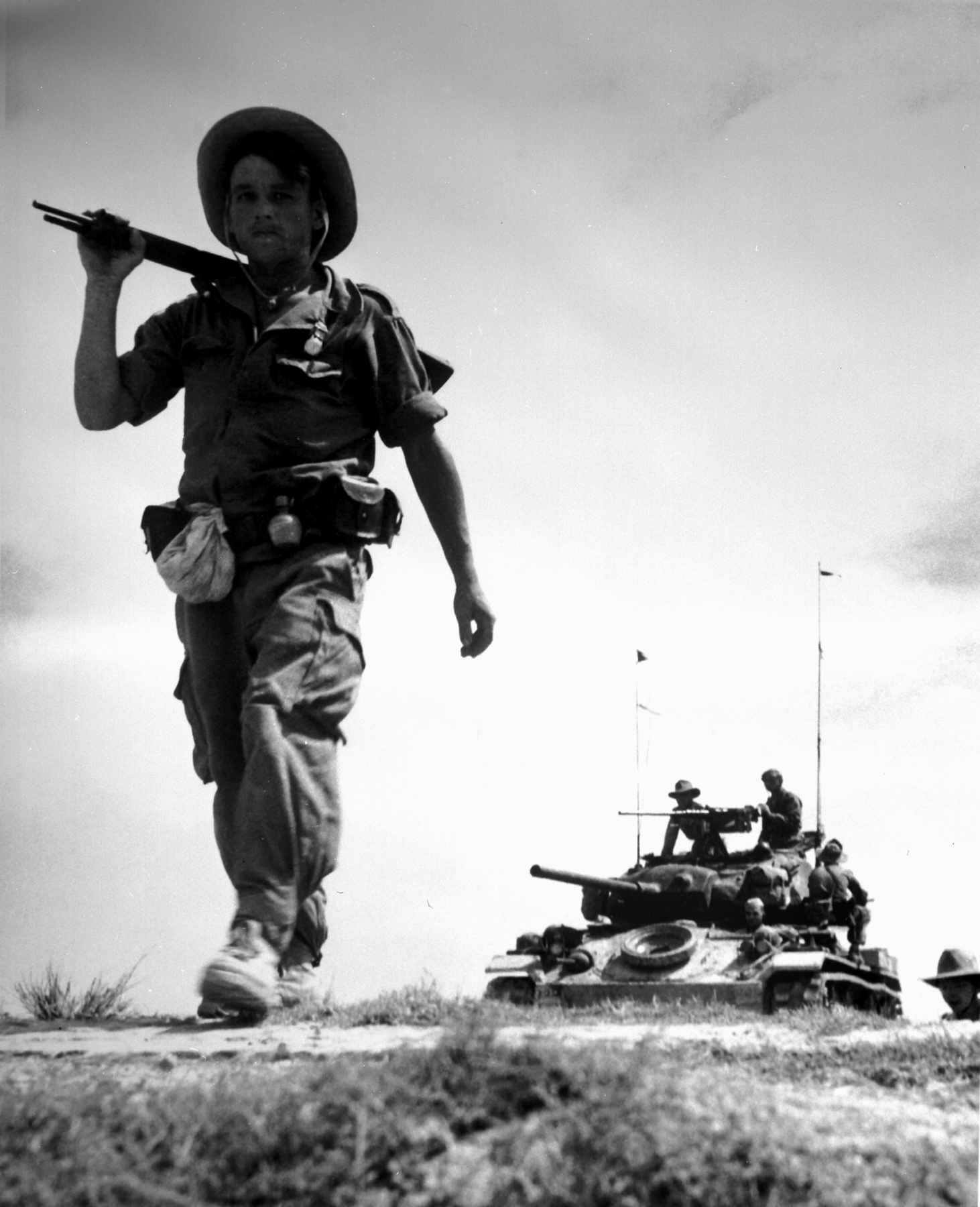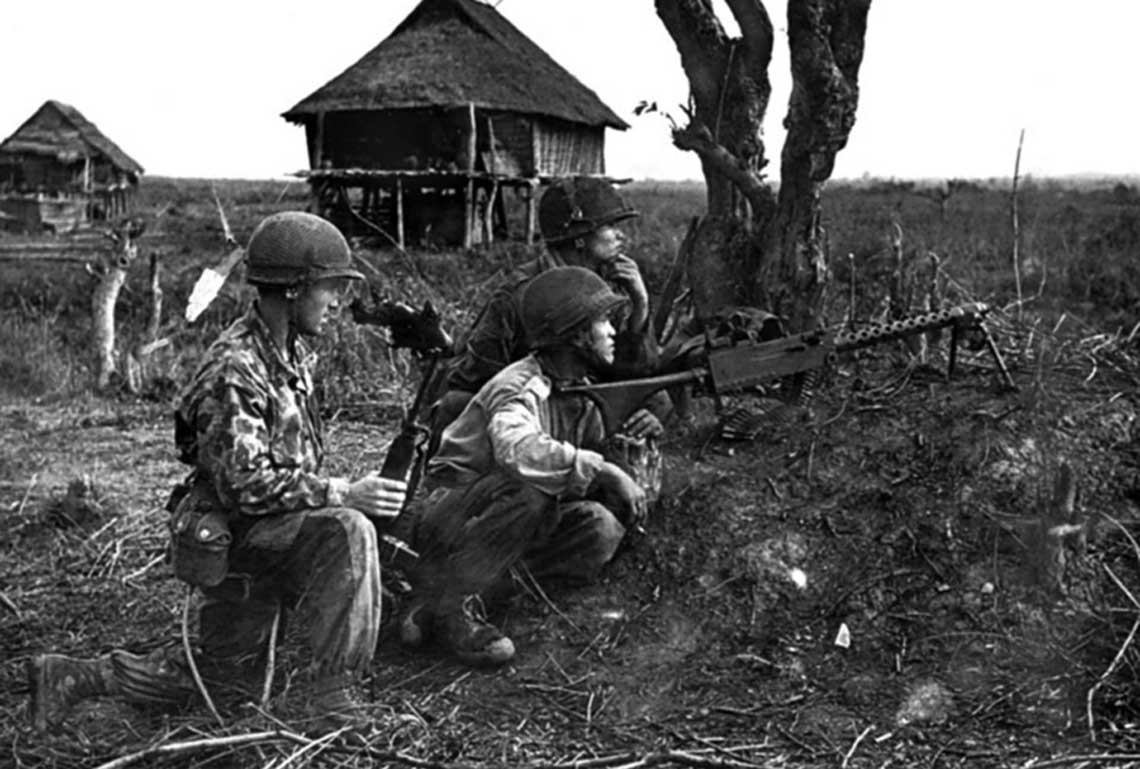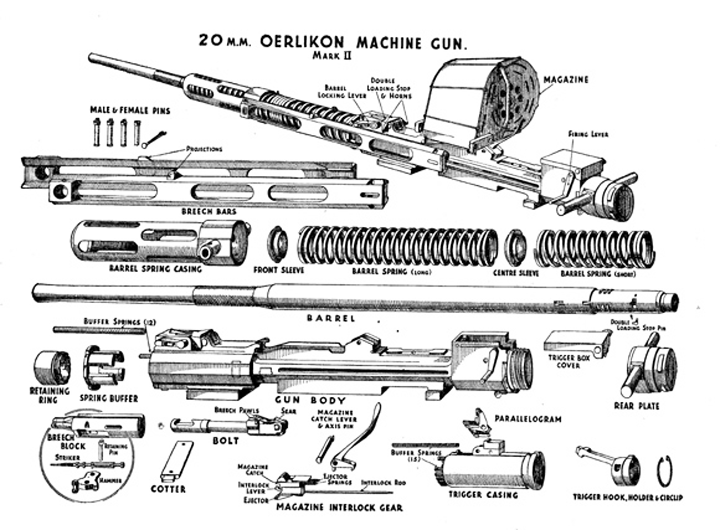
French War in Indochina 1945-1954 part 3

French War in Indochina 1945-1954 part 3
In December 1953, the commander-in-chief of the French Union forces in Indochina, General Navarre, decided that a battle in northwestern Vietnam could not be avoided. In its place, he chose the French-occupied Chin Bien Phu valley, turned into a fortress, which was supposed to bring defeat to the North Vietnamese troops and become the beginning of the offensive of the French Union troops in northern Vietnam. However, General Giap was not going to implement the plan of Navarre.
General Navarra had the opportunity in early December 1953 to carry out a complete evacuation of forces from Chin Bien Phu, but finally rejected this idea by a decision of December 3, 1953. He then confirmed in an order that a battle in northwestern Vietnam could not be avoided. He completely abandoned the idea of withdrawing from Chin Bien Phu and moving the defenses east to the Plain of Jars, where there were three relatively easy-to-defend airfields. In the order, Navarra stated that Chin Bien Phu must be retained at all costs, which French Prime Minister Joseph Laniel recognized years later was inconsistent with the strategy of preventing open clashes with the large Viet Minh forces at the time. Years later, Navarre argued that evacuation from Chin Bien Phu was then no longer possible, but unfavorable due to the "prestige of France", as well as in a strategic dimension.
He did not believe French intelligence reports about the concentration of several enemy divisions near Navarre. According to the French writer Jules Roy: Navarre trusted only himself, he was deeply skeptical of all the information that reached him, but did not come from his sources. He was especially distrustful of Tonkin, as he became more and more convinced that Konyi was building his own empire there and playing in his own interests. In addition, Navarre ignored factors such as weather variability and believed that both strike (close support) and transport aircraft would provide protection against the Viet Minh, which would have neither artillery nor air defenses. Navarre assumed that the attack on Chin Bien Phu would most likely be carried out by the forces of the 316th Infantry Division (other officers believed that this was an overly optimistic assumption and the camp could be attacked by a large force). With General Navarre's optimism, earlier successes such as the successful defense of Na San and Muong Khua could be consolidated. The events of 26 November 1953 are probably not without significance, when a massive attack by F8F Bearcat aircraft using conventional bombs and napalm seriously weakened the combat potential of the 316th Infantry Division.
Navarre believed that the concentration of forces in the northwest of Vietnam was simulating an attack on Chin Bien Phu, and in practice was preparing an attack on Laos, which Navarre often spoke about. Here it is worth expanding the theme of Laos, since it was an allied state in relation to Paris. As early as November 23, Hanoi Consul Paul Sturm, in a message to the State Department in Washington, acknowledged that the French command feared that the movements of the 316th Infantry Division were preparing not for an attack on Chin Bien Phu or Lai Chau, but for an attack on Laos. The role of this state increased significantly after November 22, 1953, when an agreement was signed in Paris, which recognized the independence of Laos within the framework of the French Union (Union Française). France undertook to defend Laos and its capital, Luang Phrabang, which, however, was difficult for purely military reasons, because there was not even an airport there. Thus, Navarre wanted Chin Bien Phu to be the key to defending not only northern Vietnam but also central Laos. He hoped that the Lao forces would soon establish overland transit routes on the line from Chin Bien Phu to Luang Prabang.
Read more in the issues of Wojsko i Technika Historia:
– French war in Indochina 1945 – 1954 part 1
– French war in Indochina 1945 – 1954 part 2
– French war in Indochina 1945 – 1954 part 3
